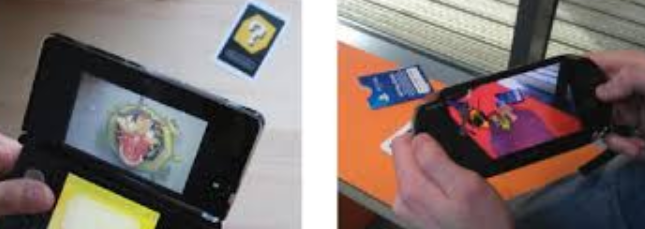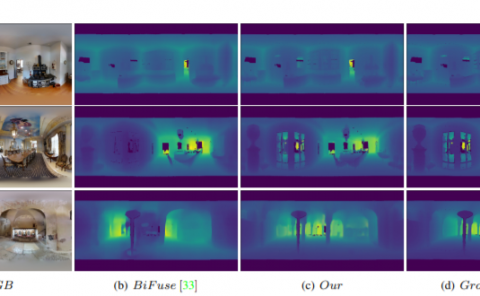Exploring the Evolution of Mobile Augmented Reality for Future Entertainment Systems
PubDate: January 2015
Teams: Lancaster University
Writers: Klen Čopič Pucihar;Paul Coulton
PDF: Exploring the Evolution of Mobile Augmented Reality for Future Entertainment Systems

Abstract
Despite considerable progress in mobile augmented reality (AR) over recent years, there are few commercial entertainment systems utilizing this exciting technology. To help understand why, we shall review the state of the art in mobile AR solutions, in particular sensor-based, marker-based, and markerless solutions through a design lens of existing and future entertainment services. The majority of mobile AR that users are currently likely to encounter principally utilize sensor-based or marker-based solutions. In sensor-based systems, the poor accuracy of the sensor measurements results in relatively crude augmentation, whereas in marker-based systems, the requirement to physically augment our environment with fiducial markers limits the opportunity for wide-scale deployment. While the alternative online markerless systems overcome these limitations, they are sensitive to environmental conditions (i.e. light conditions), are computationally more expensive, and present greater complexity of implementation, particularly in terms of their system-initialization requirements. To simplify the operation of online markerless systems, a novel, fully autonomous map initialization method based on accelerometer data is also presented; when compared with alternative move-matching techniques, it is simpler to implement, more robust, faster, and less computationally expensive. Finally, we highlight that while there are many technical challenges remaining to make mobile AR development easier, we also acknowledge that because of the nature of AR, it is often difficult to assess the experience that mobile AR will provide to users without resorting to complex system implementations. We address this by presenting a method of creating low-fidelity prototypes for mobile AR entertainment systems.



